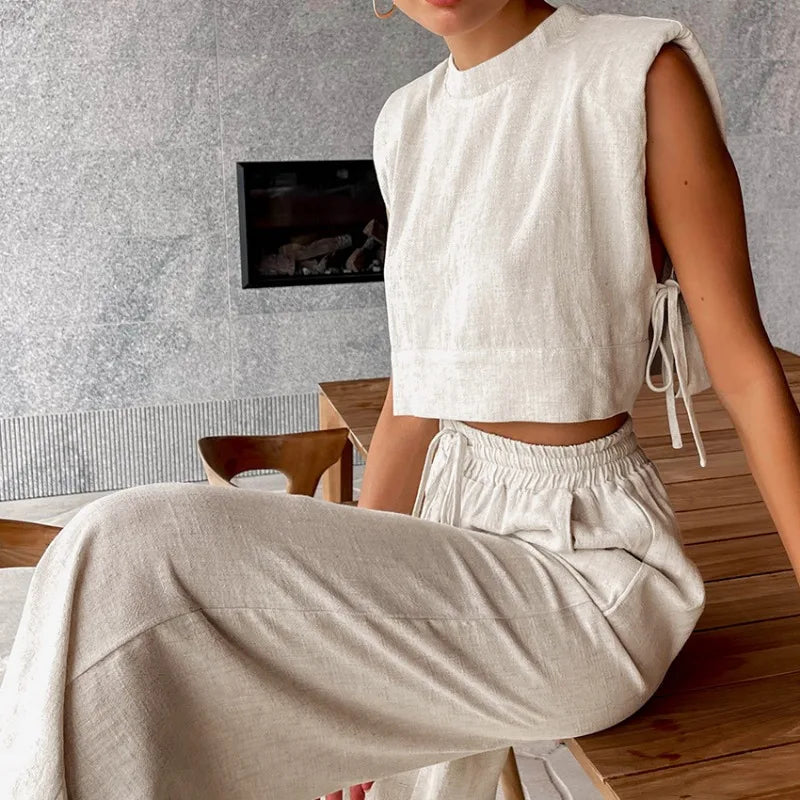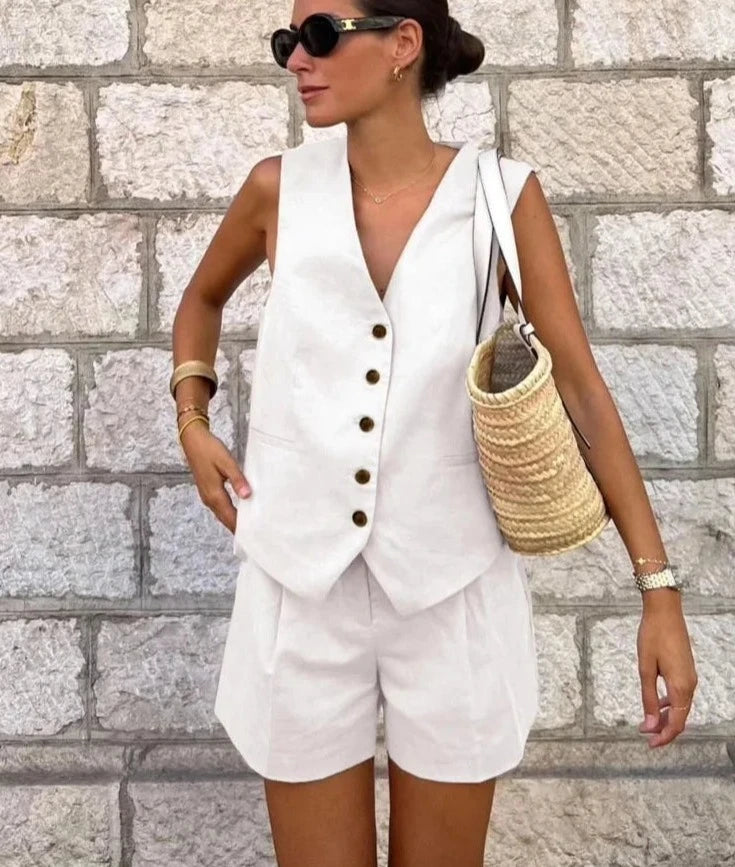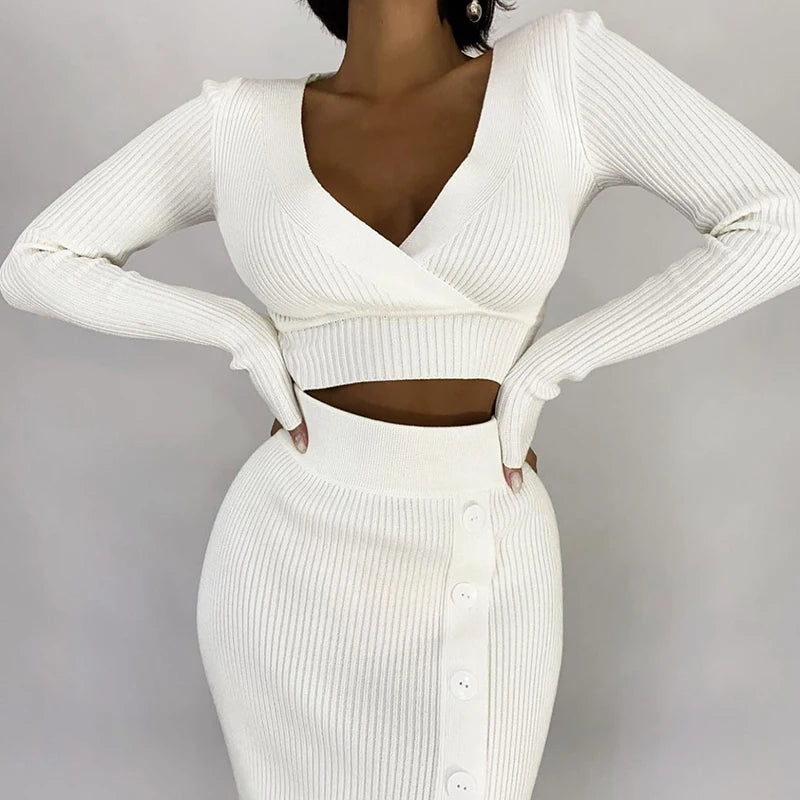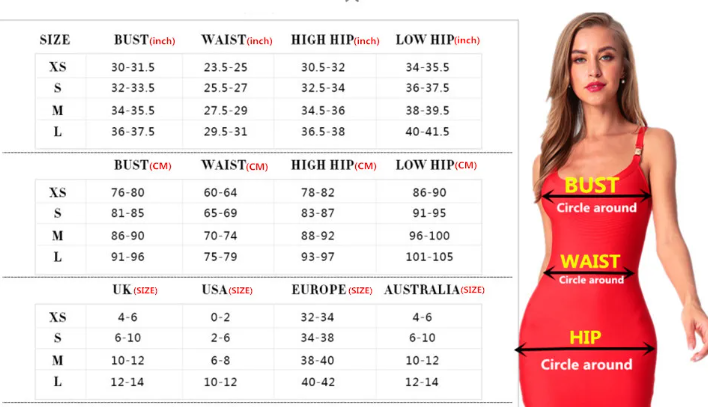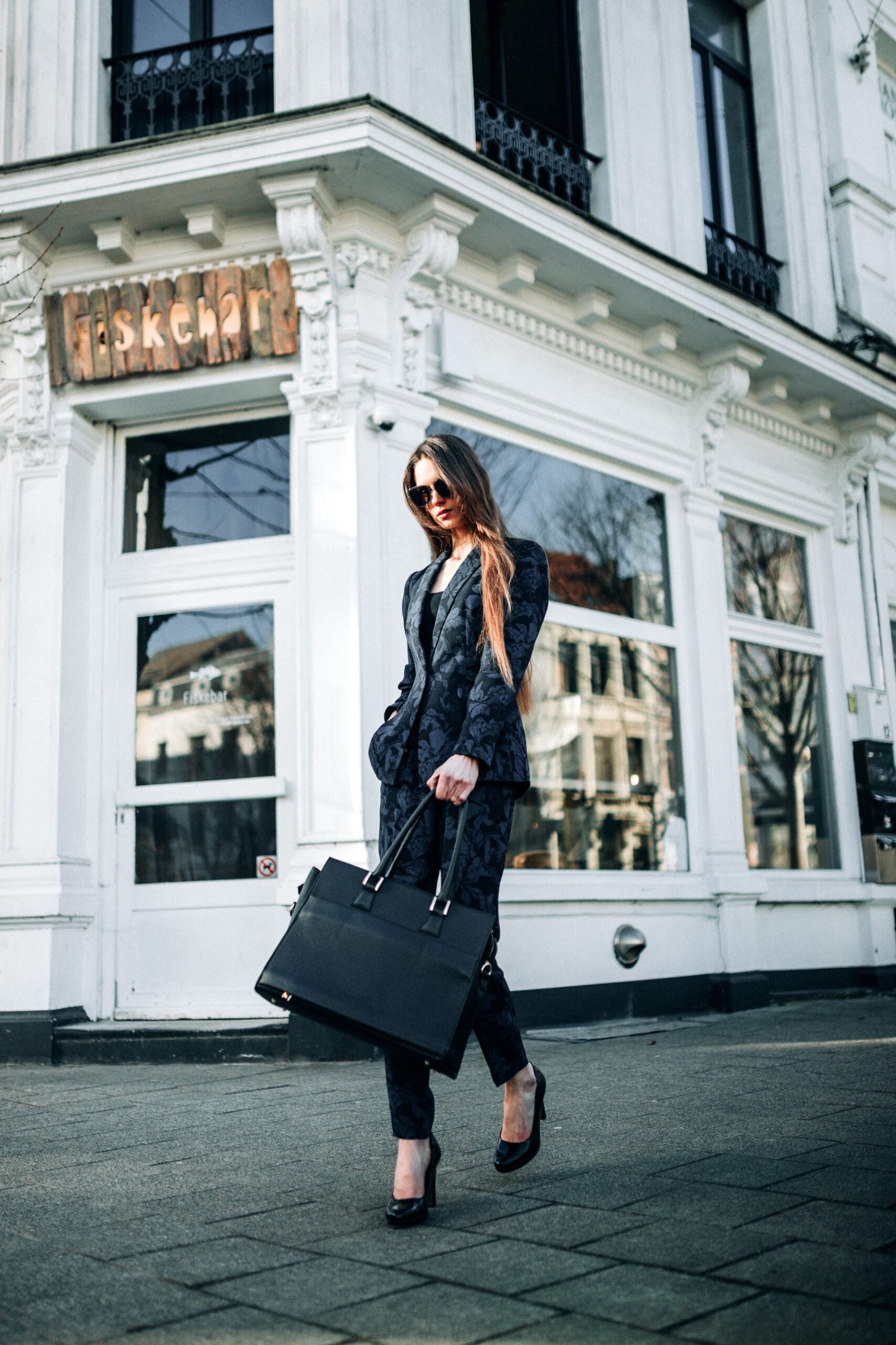Shavuot, one of the three pilgrimages in Judaism, has been celebrated for thousands of years. The custom of wearing white clothes, especially white dresses, on Shabbat represents the purity of the holiday and is related to the seasons and agricultural customs.
White dresses have become a symbol of the holiday, and they combine tradition with contemporary fashion. In this article we will examine the history of white dresses for Shabbat, and their development over the years.
The sources of the tradition
The Bible and ancient sources
Shavuot is mentioned in the Bible as the harvest festival, and is related to the giving of the Torah at Mount Sinai. The custom
of wearing white clothes on this holiday is already mentioned in ancient times, in connection with purity and a new beginning. The white clothes symbolized the inner and outer cleansing of the person and the desire to start over in a clean and pure way,
as well as the innovation of the beginning of the agricultural season. Women used to wear simple dresses made of cotton or linen fabric, sewn by hand and without many decorations.
Roman and Byzantine period
cultural influences
During this period, white clothes were symbolized by purity and holiness. The women began to wear white dresses with different textures, combined with delicate embroideries inspired by Roman and Byzantine culture. An example of this is the dresses of the noble women which are considered a symbol of aesthetics and glamour.
The Middle Ages and the Renaissance
The influence of the church
In the Middle Ages, the Church greatly influenced fashion. White clothing was a symbol of religious purity and connection to nature. Dresses became longer and wider, incorporating thicker fabrics such as wool and silk. The dresses of the aristocratic women were often decorated with lace and velvet. The white clothing is worn mainly by clergy and Jewish communities to mark the holiday. Simple and dignified dresses were the norm, and they were made of natural materials such as cotton and linen.
the renaissance
cultural flourishing
During the Renaissance, art and culture flourished. The white dresses became more complex, with many layers of fabrics, decorations and lace. Famous women like Isabella d'Esta, who was a symbol of fashion and culture during this period, are known for wearing fancy white dresses. During this period, more luxurious dresses with lace and decorations also began to appear, but the preservation of the white color continued as a symbol of purity and festivity.
the modern period
the industrial Revolution
The industrial revolution brought with it many changes in fashion, including changes in white dresses for Shabbat. Dresses became more accessible, with cheaper fabrics and new sewing methods. In the Victorian era, dresses were fitted with intricate lace, crinolines and other embellishments. Queen Victoria, who married in a white dress, made white dresses a symbol of purity and romance.
the 20th century
The effects of wars
During the 20th century, the world wars greatly influenced fashion. After World War I, women began to wear simpler dresses, due to fabric shortages and practical needs. The white dresses became shorter and simpler in their design. Examples of famous women who influenced fashion during this period include Coco Chanel, who introduced simpler, more comfortable designs for women.
In Israel, the custom of wearing white clothes on Shavuot was preserved, but developed and changed according to the fashion of those periods. During the 20th century, more designed and varied white dresses began to appear, including vintage style dresses, lace dresses and long maxi dresses.
The 60s and 70s
The 60's and 70's brought with them a significant change in fashion. This period was characterized by freer and looser styles, the white dresses became an integral part of the hippie culture, with simpler and looser designs. Many celebrities, such as Marilyn Monroe and Jacqueline Kennedy, wore white dresses and became fashion icons. And white dresses for Shabbat took on a more bohemian and floral look. Maxi dresses with floral prints, flowing
skirts and light fabrics like chiffon and cotton were especially popular.
The 80s and 90s
The 80s and 90s were characterized by bold and varied styles. White dresses for Shabbat took on a more modern and contemporary look, with the use of different cuts and innovative materials. Mini dresses, dresses with bold shoulder pads and patterned lace dresses were part of the fashion of this period.
21st Century
White dresses today
In recent years, white dresses for Shabbat continue to be an integral part of the holiday. The wide variety of designs, fabrics and styles allows everyone to find the dress that suits them best. The use of natural fabrics, such as cotton and linen, along with modern additions such as lace, chiffon and fringes, gives the dresses a fresh and up-to-date look. Today, even with the establishment of women's status in society and together with social sectors such as the LGBTQ beyond dresses, you can also see white outfits such as white
suits and sets characterized by
white pants and a shirt for women , or 2-piece sets of a skirt and a shirt for women, so that the white color element in the weeks is preserved, however He is no longer loyal only to dresses for women, but other clothing items that can be adapted to Shavuot.
Influence of modern fashion
The age of the Internet and social networks
In the modern era, the influence of social networks and the Internet has made fashion accessible to all. White dresses for Shabbat have become extremely diverse, with a combination of modern and classic designs. Celebrities like Meghan Markle and Kate Middleton are known for wearing elegant and fashionable white dresses.
The influence of modern fashion is felt in every field, including Shabbat dresses. Designer brands and independent designers offer a wide variety of dresses in contemporary designs, suitable for every style and taste. The white dresses combine tradition and contemporary, and allow every woman to feel festive and special.
Keeping the tradition
Despite the changes and developments in fashion, the tradition of wearing white dresses on Sundays is carefully preserved. The white dresses continue to symbolize purity, renewal and unity, allowing the celebrants to feel part of something greater and more ancient.
Shavuot fashion
The white dresses for Shavuot are an integral part of the holiday and the Jewish tradition. Their history reveals the deep connection to purity, renewal and tradition, and shows how fashion has evolved and maintained its basic values. The wide variety of white dresses for Shavuot today allows everyone to find the dress that suits them, you are invited to visit the
Shavuot collection at the Dona store and celebrate the white holiday in a festive and special way.
Happy Shavuot!











